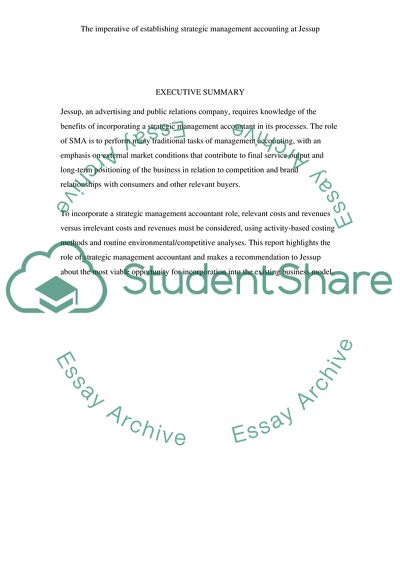Cite this document
(The Imperative of Adopting Strategic Management Accounting at Jessup Research Paper, n.d.)
The Imperative of Adopting Strategic Management Accounting at Jessup Research Paper. Retrieved from https://studentshare.org/macro-microeconomics/1781156-strategic-management-accounting
The Imperative of Adopting Strategic Management Accounting at Jessup Research Paper. Retrieved from https://studentshare.org/macro-microeconomics/1781156-strategic-management-accounting
(The Imperative of Adopting Strategic Management Accounting at Jessup Research Paper)
The Imperative of Adopting Strategic Management Accounting at Jessup Research Paper. https://studentshare.org/macro-microeconomics/1781156-strategic-management-accounting.
The Imperative of Adopting Strategic Management Accounting at Jessup Research Paper. https://studentshare.org/macro-microeconomics/1781156-strategic-management-accounting.
“The Imperative of Adopting Strategic Management Accounting at Jessup Research Paper”, n.d. https://studentshare.org/macro-microeconomics/1781156-strategic-management-accounting.


